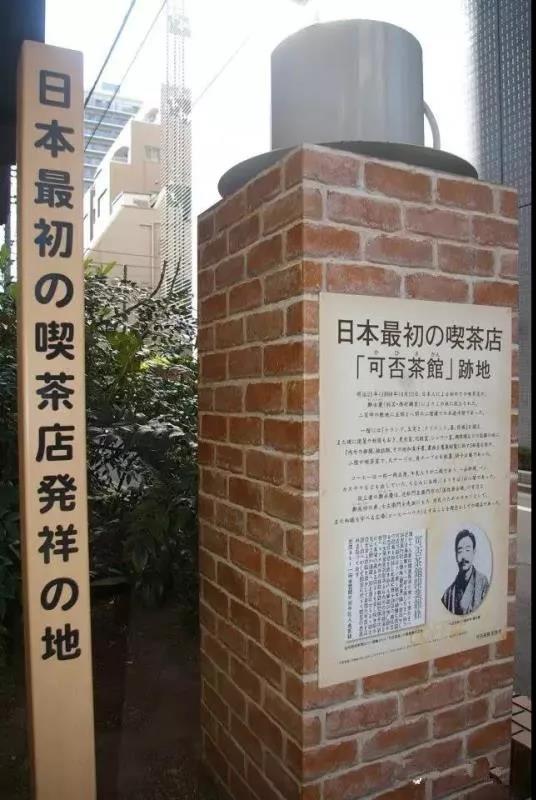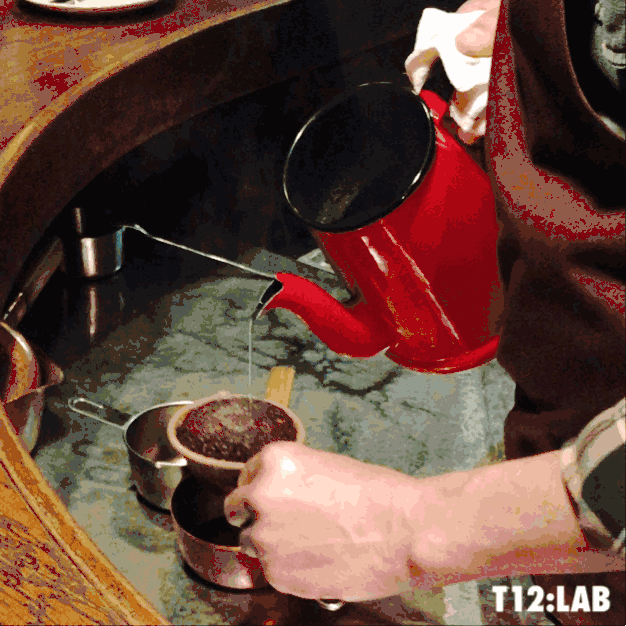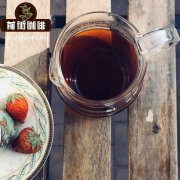Why do Japanese people like coffee so much? How exactly did it come into being?
Professional coffee knowledge exchange more coffee bean information please follow the coffee workshop (Wechat official account cafe_style)

Coffee was introduced into Japan in the 16th century, and the first teahouse selling coffee appeared in Japan at the end of the Meiji era (1888). Since then, coffee culture has gradually developed its own characteristics in Japan, and gradually formed a North Asian coffee culture circle, affecting many neighboring Asian countries.

Japan drinks an average of about 11 cups of coffee per person per week, which is a "daily coffee" country, but we think that the fast-paced "social animals" are not the main force. Heavy coffee drinkers are concentrated between the ages of 40 and 59, with more than 14 cups a week. That's equivalent to two cups a day. As we will talk about later, there is a certain historical reason why people dominated coffee consumption in the 1970s and 1960s. As can be seen from the age distribution, as an addictive product, although people's pace of life has slowed down with age, coffee has been integrated into people's living habits and separated from simple functional needs.
Japanese coffee culture is deeply influenced by the eating habit of "broth" with Umami as the basic seasoning. Japanese coffee has gradually developed into a style of mild taste, soft mouth, emphasis on glycol and bitterness.
As in the case of Chinese tea to Japan, the Japanese have improved and carried forward imported coffee, and even put their own coffee culture in the forefront of the world. Not only that, they also developed the ritual siphon pot coffee into their own coffee path, invented Japanese-style charcoal-roasted coffee, and created a variety of hand-brewing techniques, even the well-known hanging-ear coffee filter bag, which is also the credit of the Japanese.
Japanese charcoal-roasted coffee refers to the heavy and deep-baked coffee used by the Japanese. Because the roasting degree is very high, the bitterness of coffee is exerted to the limit, so it is called the bitterest coffee in the world.
Why do the Japanese roast coffee beans so deep? There is a saying that it is because the Japanese are poor. After World War II, Japan's economy had not yet developed. Because it could not grow its own coffee and could not import high-quality coffee beans, it began to study how to make inferior coffee beans more delicious.
As we all know, if the quality of raw beans is fixed, we can only change the roasting and brewing methods to improve the taste of coffee. As a result, the Japanese try to use a higher degree of baking to make coffee beans mellow and bitter to cover up other smells of shoddy beans. But there is also a drawback, that is, the smell of fireworks is too strong, and with a scorched smell.
As a result, the Japanese began to make up for the shortcomings of coffee by using finer grinding and self-created brewing techniques. The most traditional Japanese hand flushing method is to adjust the tilt angle of the flannel filter while shaking it. This can not only shake the caked coffee powder in the face of water, let the water fall, but also make the coffee extract more evenly.

Important Notice :
前街咖啡 FrontStreet Coffee has moved to new addredd:
FrontStreet Coffee Address: 315,Donghua East Road,GuangZhou
Tel:020 38364473
- Prev

Why do Koreans like coffee so much?
Professional coffee knowledge exchange more coffee bean information Please follow the coffee workshop (Wechat official account cafe_style) anyone who has traveled or lived in Korea knows that Korean coffee shops are so! More! Yes! It's not an exaggeration to walk ten meters. Starbucks alone has 1200 stores in South Korea. On the contrary, in China, there are more milk tea shops, but coffee shops are rare.
- Next

Maid coffee shop? What's so special about it?
Professional barista communication please follow the coffee workshop (Wechat official account cafe_style) maid coffee / maid coffee Maid Cafe/ role-playing coffee maid cafe Maid Caf;/COSPLAY coffee shop maid cafe is very popular, ordinary people are also involved, its origin and history? Nowadays, maid cafes are so popular all over the country that even ordinary people are not immune from vulgarity.
Related
- Why are the coffee in some coffee shops not enough after being frozen? What should I make up for my American latte cappuccino coffee after being frozen?
- How much water does it take to steam coffee by hand? Why is the coffee brewing and steaming time 30 seconds? What is the purpose of steaming coffee?
- The suspected drink contains too much caffeine! Overlord Tea Lady responds urgently!
- Starbucks rejects antique paper coupons?! Netizen: Missed marketing opportunities!
- What ratio of water temperature and ground does the smart cup method use to press coffee? The difference between brewed coffee and filtered coffee?
- What is the standard process for the purpose of coffee cup testing? What is the difference between hand-brewed coffee and cup testing?
- How to use hand-brewed coffee paragon small golden balls? How does cold coffee lock in the aroma of coffee?
- Is American coffee black? What is the difference between American coffee and drip coffee?
- Unexpected! Well-known tea beverage brand Lele Tea will withdraw from the Zhengzhou market!
- Starbucks enters the fashion and beauty industry?! Netizen: Give me an ice American eye cream

